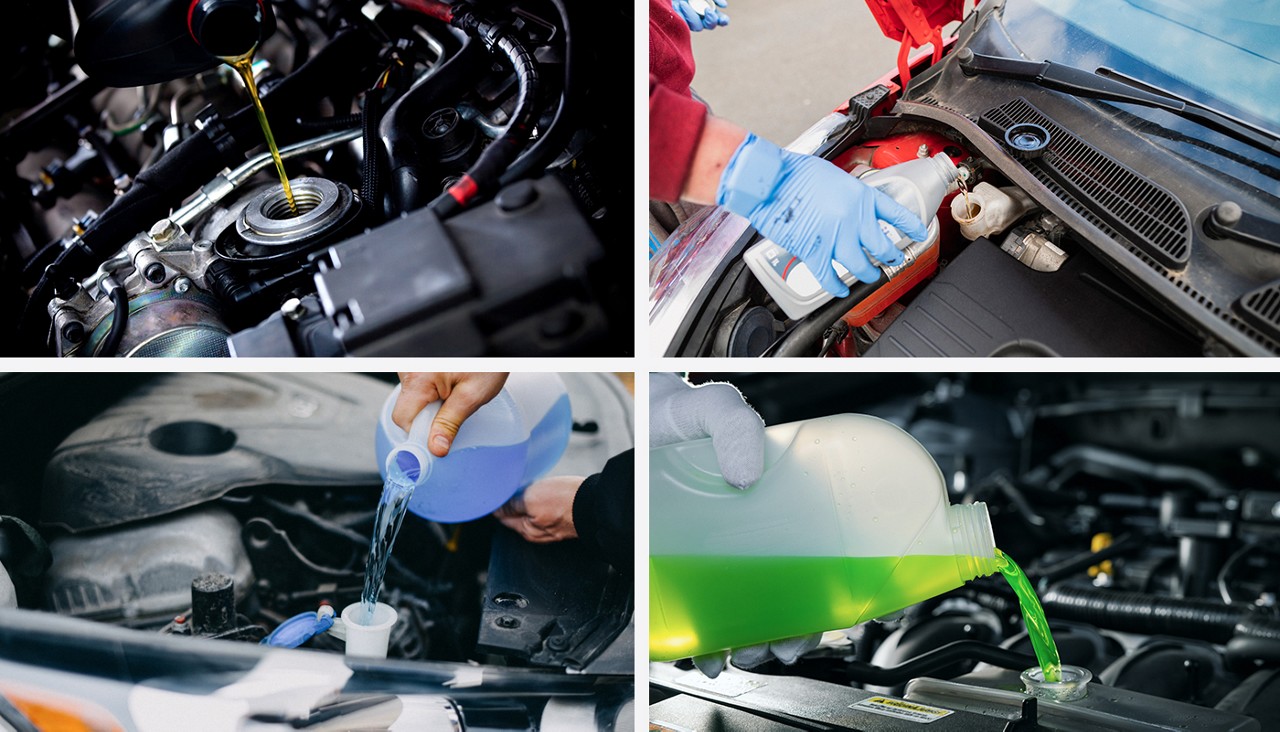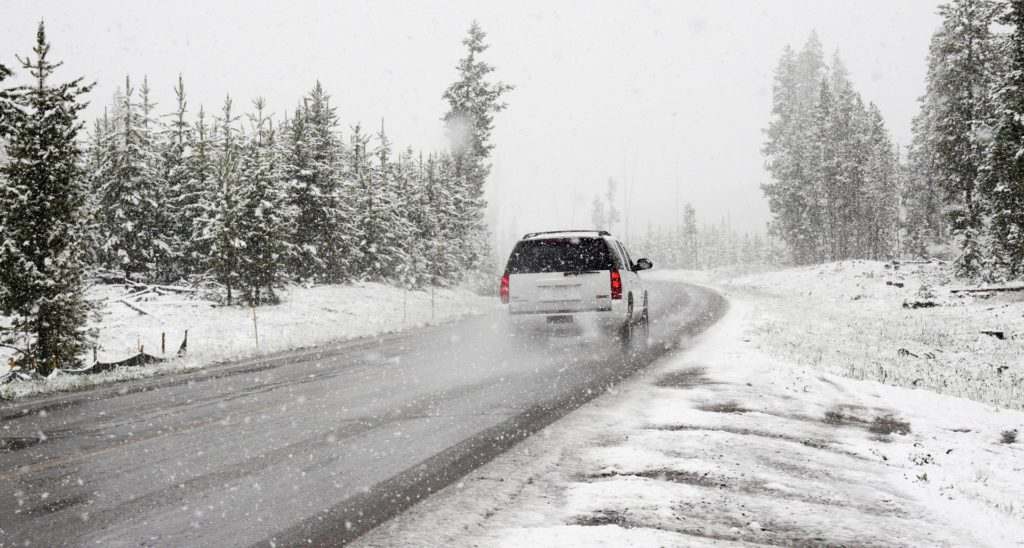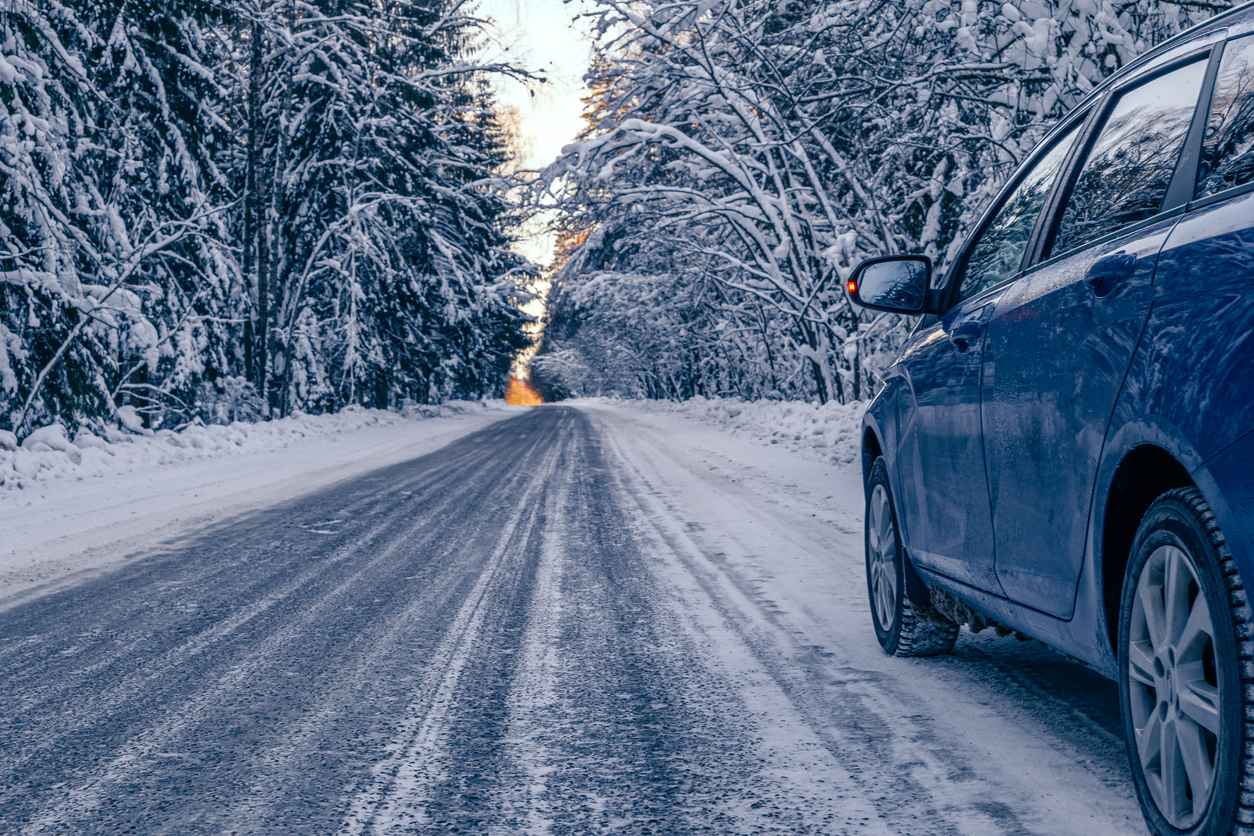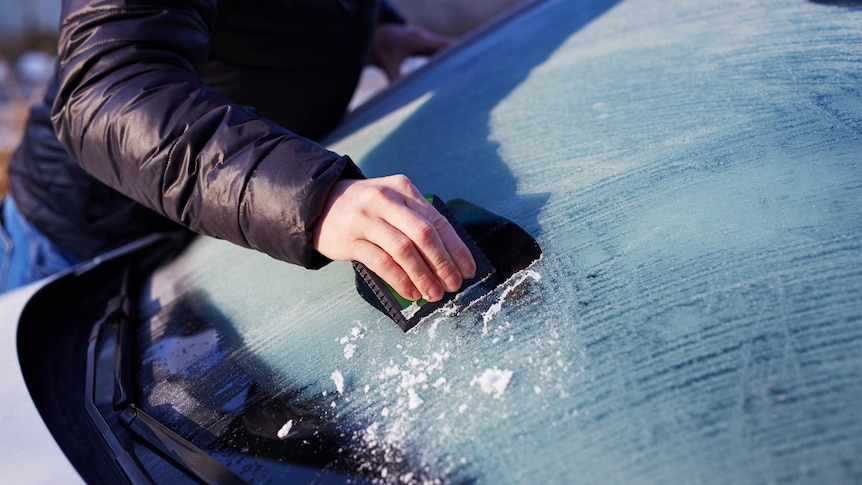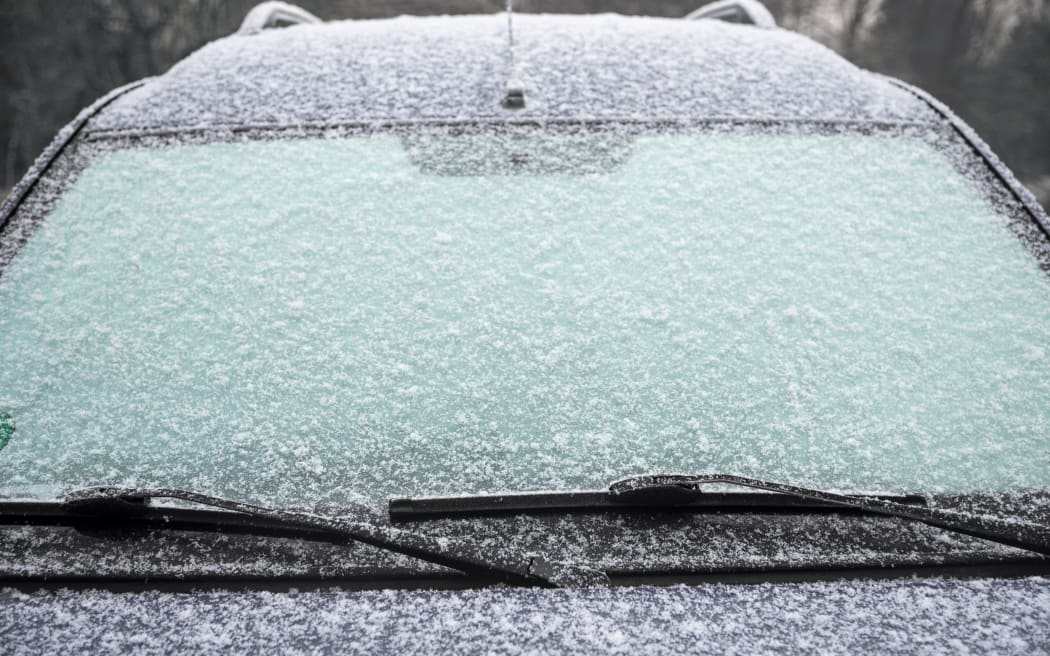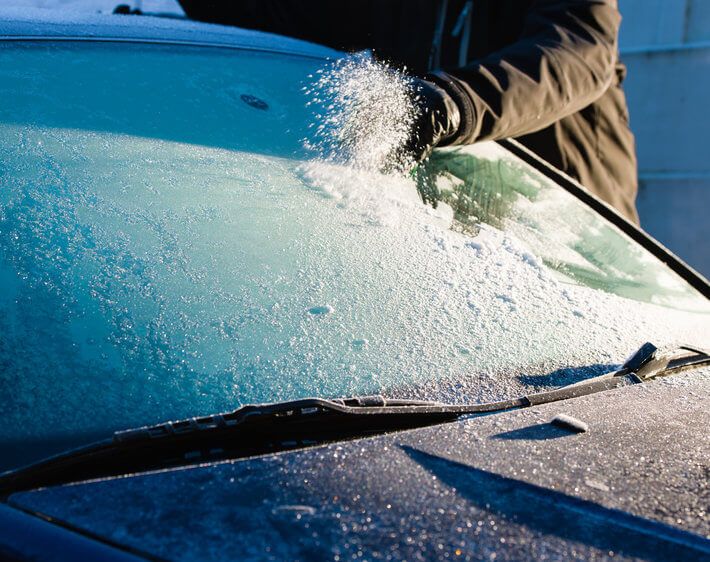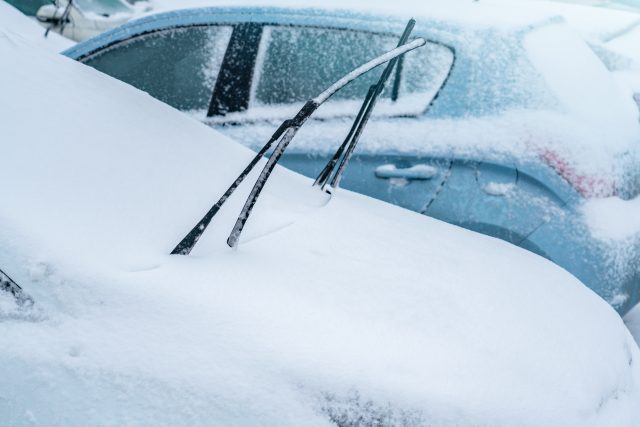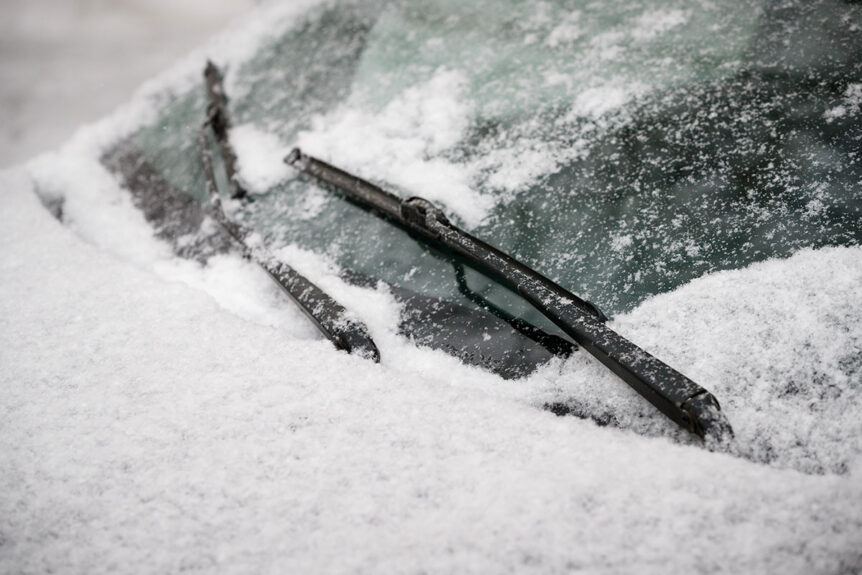
Selecting and Installing Winter Wiper Blades
Learn about beam-style versus frame-style winter wipers, understand rubber boot protection that prevents ice buildup, measure correct blade lengths for your vehicle, install wipers properly for optimal contact, and know when to lift blades overnight to prevent freezing to the windshield. Quality winter blades are essential for maintaining clear vision.
